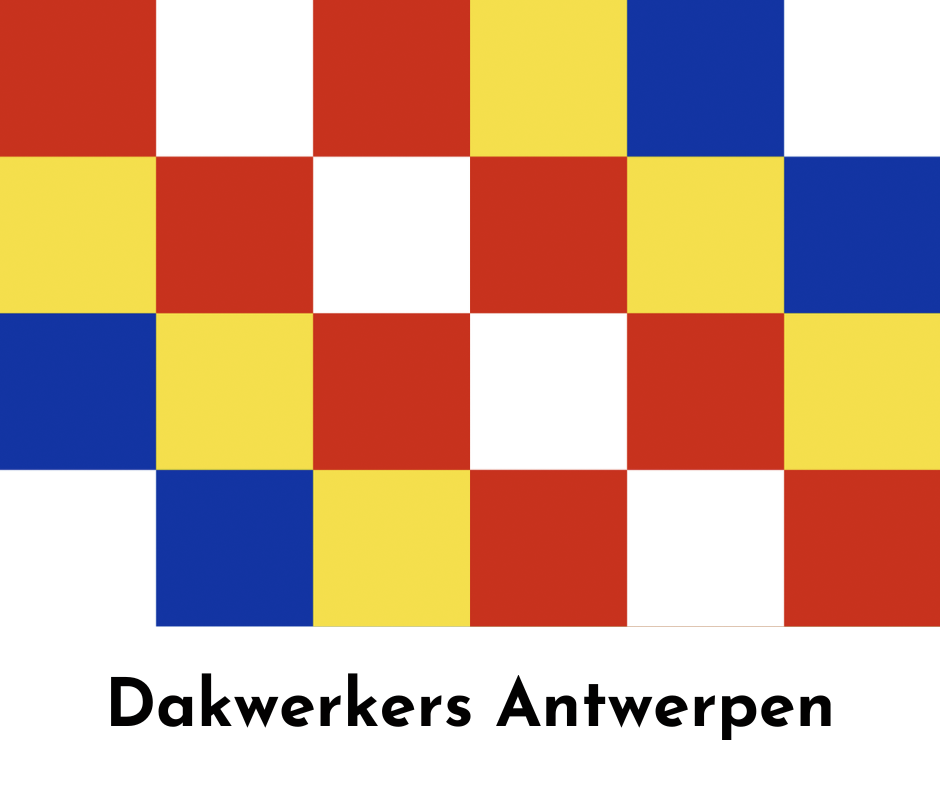Introduction
When we think about architecture, our minds often drift to grand facades and intricate interiors. Yet, one of the most defining aspects of any building is its rooftop design. It can reflect style, climate adaptability, and cultural significance. In Belgium, a country steeped in history and rich architectural diversity, rooftops have evolved significantly over the centuries. This article will take you on a journey through "The Evolution of Rooftop Designs Through History In Belgium," exploring different styles, influences, roofing business directories and the socio-economic conditions that shaped these designs.
What Makes Rooftops Important?
Rooftops aren’t just the crowning glory of a building; they play functional roles too! From rainwater drainage to insulation against the elements, roofs are vital for any structure’s durability. They also provide aesthetic appeal and can reflect the culture and history of a region.
The Evolution of Rooftop Designs Through History In Belgium
Belgium's rooftop designs have undergone significant transformations influenced by various artistic movements, technological advancements, and historical events. From medieval structures featuring steep gables to contemporary green roofs that aim for sustainability—each era has left an indelible mark on Belgian skylines.
1. Medieval Roof Designs: A Foundation of Functionality
1.1 The Role of Gabled Roofs
During the Middle Ages, gabled roofs were predominant in Belgian architecture. These roofs sloped downwards on two sides, creating triangular ends known as gables. Not only did they enhance aesthetics but they were also incredibly practical for shedding rain and snow.
1.2 Theatrical Elements in Gothic Architecture
Gothic architecture introduced elaborate roof designs characterized by ribbed vaults and decorative spires. Cathedrals like the Cathedral of St. Michael and St. Gudula showcase how rooftops could be both functional and artistically exquisite.
2. Renaissance Influences: A New Aesthetic Approach
2.1 Introduction of Flat Roofs
The Renaissance period brought about a shift towards flat roofs in urban areas to maximize usable space within buildings—these flat rooftops often featured decorative balustrades.
2.2 Classic Elements with Flemish Touches
Flemish architects began incorporating classical elements like domes and cornices into rooftop designs during this era, enriching Belgium's architectural tapestry with grandeur.
3. Baroque Period: Opulence Takes Center Stage
https://s3.us-east-005.backblazeb2.com/dakdekkerlokaal/bedrijvengids/antwerpen.html3.1 Curved Rooflines: A Symbol of Wealth
Baroque architecture introduced flamboyant curved rooflines that suggested elegance and wealth—a stark contrast to earlier utilitarian designs.
3.2 Ornamentation as a Signature Style
Ornate details like statues and intricate carvings became commonplace on rooftops during the Baroque period as builders sought to create visual drama.
4. Industrial Revolution: Functionalism Meets Innovation
4.1 The Rise of Iron Frame Construction
With the advent of industrialization came iron frame construction techniques that allowed for larger spans without internal supports—this transformed rooftop possibilities!
4.2 Utilitarian Styles Reflecting Economic Changes
Rooftops began adopting more utilitarian styles reflecting economic needs—think warehouses with simple pitched roofs designed for functionality over form.
5. Art Nouveau: Nature-Inspired Designs
5.1 Organic Shapes and Floral Motifs
Art Nouveau was all about harmonizing architecture with nature! Rooftop designs featured organic shapes along with floral motifs, showcasing craftsmanship at its finest.
5.2 Green Roofs Begin to Emerge
This period also saw early concepts of green roofing surfaces emerge as architects began to incorporate vegetation into their designs.
6. Modernism: Simplification & Efficiency
6.1 Flat Roofs Become Standard Practice
Modernist architecture favored simplicity; thus flat roofs became standard practice during this time—offering clean lines that appealed to contemporary tastes.
6.2 Integration with Urban Landscapes
Modern rooftops started being integrated into urban landscapes more thoughtfully, promoting harmonious relationships between buildings and their surroundings.
7. Contemporary Trends in Rooftop Design
7.1 Sustainability Takes Center Stage
In recent decades, there’s been a strong focus on sustainability! Architects are now designing green roofs filled with flora that promote biodiversity while improving air quality.

7.2 Rooftop Gardens: Urban Oasis
Rooftop gardens have become trendy urban oases where city dwellers can connect with nature amidst bustling streets—providing relaxation spaces right above their heads!
FAQs About Rooftop Designs in Belgium
Q1: What are the most common types of rooftops found in Belgium?
A1: Common types include gabled roofs from medieval times, flat roofs popularized during modernism, and green roofs emphasizing sustainability today.
Q2: How do climatic conditions influence rooftop designs?
A2: Climatic factors such as rainfall lead to steeper slopes for efficient drainage while cold winters necessitate better insulation features in rooftops.
Q3: What role do cultural influences play in rooftop aesthetics?
A3: Cultural trends influence styles; for example, Gothic cathedrals reflect religious themes whereas Art Nouveau draws inspiration from nature—all shaping visual appeal!
Q4: Are there regulations governing rooftop constructions in Belgium?
A4: Yes! Local government regulations dictate aspects such as height restrictions or materials used depending on historical preservation efforts within certain districts!
Q5: What are some notable examples of exceptional rooftops in Belgium?
A5: Iconic examples include Manneken Pis fountain surrounded by traditional Flemish houses showcasing gabled rooftops alongside modern glass skyscrapers across Brussels!
Q6: How is technology impacting current rooftop design trends?
A6: Technology enables innovative solutions like solar panels integration or smart irrigation systems which enhance functionality while minimizing environmental footprints!
Conclusion
"The Evolution of Rooftop Designs Through History In Belgium" presents a fascinating narrative intertwined with social changes, technological advancements, artistic movements—and ultimately reflecting human ingenuity at its best! As we traverse through time—from medieval gables protecting us from rainstorms to contemporary green roofs nurturing our planet—we find ourselves not just admiring structures but appreciating stories etched upon their surfaces too! So next time you gaze up at those stunning rooftops across Belgium’s cities—you’ll see more than just tiles; you’ll witness history unfolding right before your eyes!